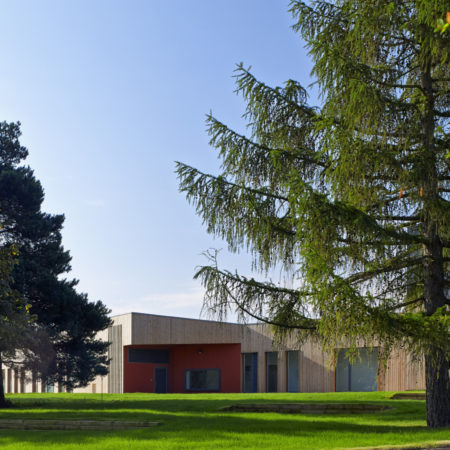High Productivity and Sustainability – Healthcare Construction Can Enjoy Both
Construction has two big challenges: productivity and sustainability. Right now, these challenges are particularly acute in the healthcare sector. Is it possible to address these priorities simultaneously as the nation seeks to expand healthcare facilities?
The issues are in the spotlight partly because healthcare is about to undertake a major building programme spanning hospitals, primary care, community healthcare and the private sector. Productivity has been a thorny issue in construction for many years. In the current climate, it’s essential that facilities are completed efficiently and cost-effectively. To achieve this, the industry urgently needs to up its game by changing the way it works.
And, of course, there is sustainability. Traditional construction materials consume vast amounts of energy when they are extracted, processed and transported. This reality doesn’t sit well with the drive to achieve net carbon zero performance in the health service.
The embodied carbon associated with construction materials has to be accounted for over each building’s life cycle. Emissions generated by construction contribute to global warming and poor air quality, which are significant health issues.
Sustainable Construction Materials
Materials have to be front and centre of the debate. Structural timber is a carbon sink. Trees extract CO2 from the atmosphere and store it until the wood decomposes or is burned. Commercial woodland is highly effective at extracting carbon from the environment because non-native conifers grow rapidly.
Where the timber is part of a certified and sustainably managed supply chain and used in construction, there is no debate about the impact on reducing atmospheric carbon levels. Timber used for fuel or paper is more of a grey area with regard to the net impact on emissions. But when timber is used to make a building that will last 80 plus years, with secondary uses beyond that, the benefits are clear.
So what about productivity? Here the news is also good. Structural timber is widely used in offsite manufacturing systems. These systems substitute large amounts of scarce skilled labour hours deployed on windblown construction sites, for the automation and digital control of a modern manufacturing facility. Improved productivity is part and parcel of the process and output is easily scaled up without any risk to quality or timescales.
Achieving the balance between output and sustainability is possible by adopting modern methods of construction. These methods, based around sustainable materials, have to be the expectation when healthcare building projects are procured.

